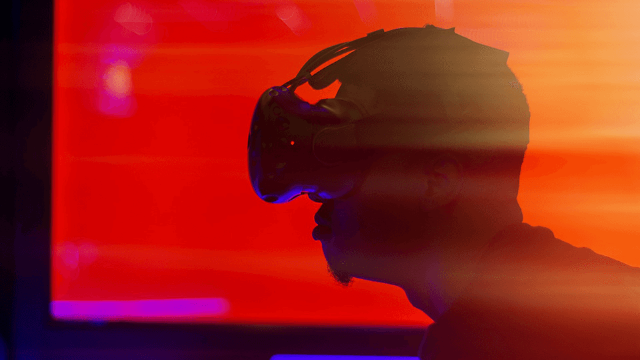
Mar 22, 2023
As virtual reality technology continues to evolve, the possibilities for the future of the flying theater in 2023-2024 are endless. The industry is continuously innovating and introducing new technologies to enhance the immersive experience. Here is a look at some of the brand-new VR technology we may see in the flying theater in 2023-2024.
One of the most exciting brand-new VR technologies is the use of haptic feedback. This technology allows for a more immersive experience by providing physical feedback to the user through the use of vibrations and other tactile sensations. The haptics can be used to create the sensation of flying, such as the feeling of wind on the skin, or even the sensation of landing after a jump.
Another new technology that may be available in the flying theater in 2023-2024 is eye-tracking. Eye-tracking technology can be used to track the user's eye movement and adjust the virtual environment accordingly. This allows for a more realistic experience, as it can create a more realistic visual environment.
Another cutting-edge technology that may be available in the flying theater in 2023-2024 is volumetric video. This technology allows for the capture of 3D video and the ability to render it in real-time. This technology will allow the user to experience a more realistic environment and have a more immersive experience.
Finally, the flying theater may also feature motion-tracking technology. This technology allows for the user to be tracked in 3D space, allowing for a more realistic experience. This technology can be used to track the user's body movements and translate them into the virtual environment, creating a more lifelike experience.
These are just a few of the brand-new VR technologies that may be available in the flying theater in 2023-2024. With the continued development of VR technology, the possibilities for the future of the flying theater are truly endless. As technology continues to advance, more immersive experiences are sure to come shortly.
Bi-tactile feedback in VR technologies
Bi-tactile feedback in virtual reality (VR) technologies is a relatively new field of study that is beginning to gain traction in both research and industry. Bi-tactile feedback aims to bring a sense of physicality and presence to virtual worlds, creating a more immersive and realistic experience for users. This can be achieved by utilizing haptic technology and tactile feedback to create a sense of touch and presence within virtual environments.
Haptic technology has been around for many years and is used to provide tactile feedback in a variety of applications, such as gaming controllers, medical and industrial tools, and even car simulators. These systems use a combination of actuators, sensors, and electronics to provide vibration and other tactile sensations to the user. By adding haptic feedback to virtual reality, users can now feel virtual objects and be able to interact with them more realistically.
Bi-tactile feedback is a subset of haptic technology that specifically focuses on providing tactile feedback in a two-dimensional space. This type of technology utilizes two different types of tactile feedback to create a more immersive and realistic experience for users. One type of bi-tactile feedback is known as vibrotactile feedback, which is generated by vibrating actuators placed within the virtual environment. This type of feedback is usually used to create tactile sensations that mimic the feeling of touching or manipulating virtual objects.
The second type of bi-tactile feedback is called force feedback, which is generated by actuators that apply pressure to the user's body. This type of feedback is used to create a sense of weight, resistance, and motion when interacting with virtual objects. Force feedback has been used in the past to provide realistic feedback in robotic arms, but it is now being used to create a more immersive experience in virtual reality.
Bi-tactile feedback is an important part of the evolving field of virtual reality technologies. It can be used to create a more immersive and realistic experience for users and make virtual environments feel more tangible. As the technology continues to evolve, bi-tactile feedback will likely become an even more integral part of virtual reality and other interactive technologies.